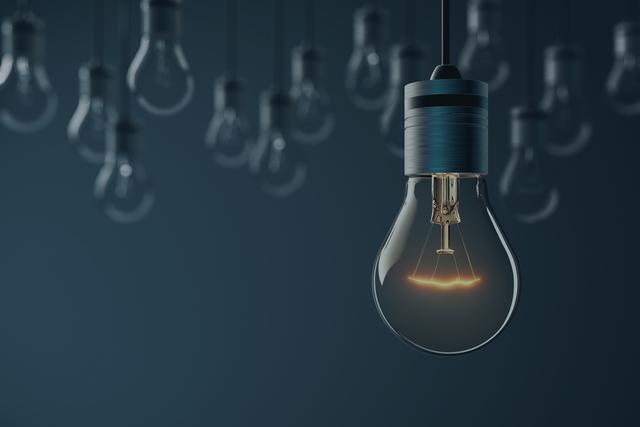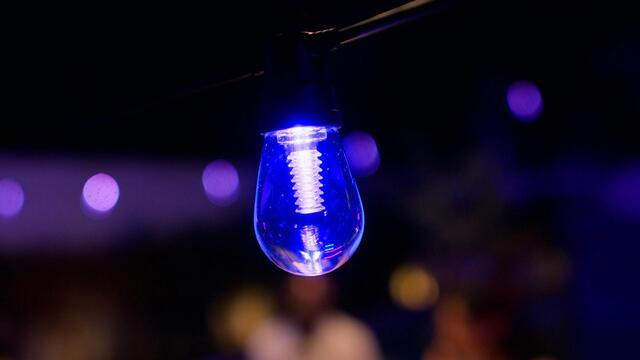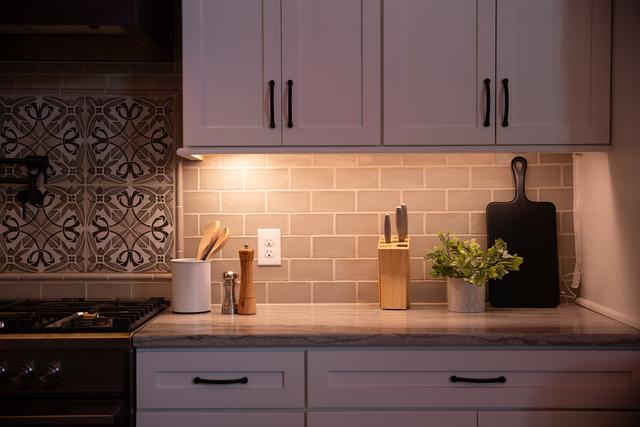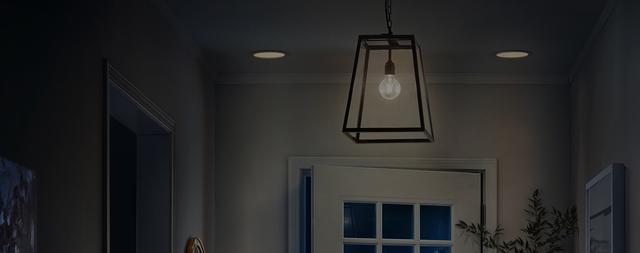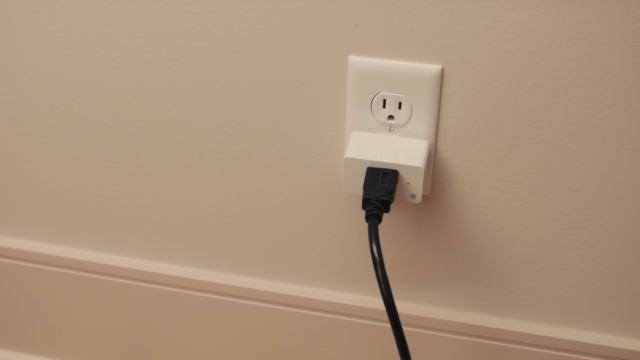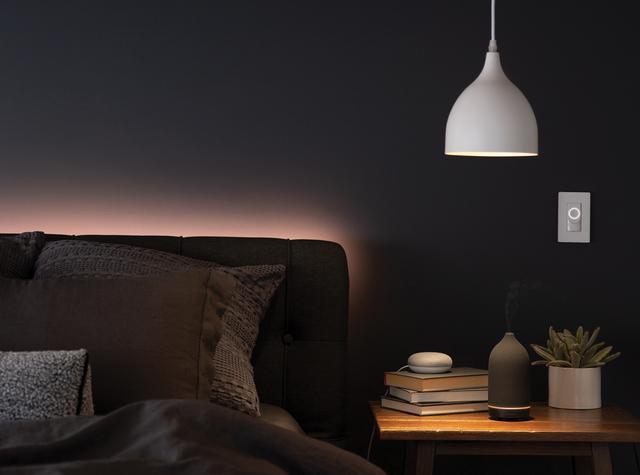Why are halogen/incandescent light bulbs being banned?
Since halogen/incandescent light bulbs are less energy efficient than several other bulb types, The Department of Energy has recently set new standards for light bulb manufacturers. As part of a nationwide push towards energy efficiency, federally mandated requirements state that lights must now produce more light energy than they use, or at least 45 lumens per watt, effectively banning non-energy efficient halogen or incandescent light bulbs from production.
Halogen and incandescent bulbs pass an electrical current through a tungsten filament to produce light. This process also heats the filament, which can waste additional energy, making them inefficient.
President Biden’s new energy policies allow states to set their own additional specifications, meaning product availability may vary. As a result, it may be difficult to determine which light bulbs you’ll be able to purchase. So, we’ve created a guide to help you understand the change and plan for the future.
When did the ban on incandescent light bulbs occur?
The ban on incandescent light bulbs was announced under the Biden Administration in April 2022 by the U.S. Department of Energy. This commenced the phaseout of this type of light bulb, which also banned the sale and manufacture of common incandescent bulbs, starting from August 1st 2023.
Are halogen and incandescent bulbs different?
Halogens, with a life of around 2500 hours, are a small upgrade from incandescent bulbs, which only have a life of around 1200 hours. Halogens are known for their stylish appearance and are popular for décor lighting. However, they work much like incandescent bulbs and are less energy efficient. They can also be difficult to maintain due to their output limitations and sensitivity to oils from the skin. Since both bulbs require more energy than they produce, they will both be impacted by new manufacturing standards.
Are halogen and incandescent bulbs illegal?
Purchasing or using halogens and incandescent bulbs is not illegal. However, since they do not meet the federally mandated manufacturing standards, they will no longer be produced. Eventually, all remaining halogen and incandescent bulbs will be purchased, with no new supply to fill in. So, finding replacement lighting solutions will be necessary when your remaining incandescent and halogen bulbs go out. If you’re looking for an incandescent or halogen replacement, LED lights may be an ideal solution.
Which is better, LED or Halogen bulbs?
LED bulbs are more energy efficient than traditional halogen bulbs, typically lasting much longer and using less energy, while producing the same amount of light. This helps save you more money on your electric bill over time.
LED lights are also more energy efficient and don’t emit heat or ultraviolet rays, so they have a reduced impact on the environment. Plus, due to their popularity, LEDs now come in a variety of styles and functionalities for more sustainable design. Overall, LED tends to be safer, sturdier, more versatile, and more convenient than other lights. They may, however, be more expensive up front than halogen bulbs.
Learn more about the several benefits of LED light bulbs compared to halogen or incandescent bulbs on our YouTube channel.
Can I replace halogen bulbs with LED?
Yes, switching from Halogen or Incandescent bulbs to LED is simple. To save on your energy costs and enjoy better light performance, we recommend directly replacing halogen or incandescent bulbs with LED light bulbs. Learn more about light bulb types and codes in our comprehensive guide.
What are my other lighting options?
You’ll be pleasantly surprised to know your LED options are far from limited. On first thought, LEDs may conjure images of fluorescents or cold, blue tube lights—but that’s no longer the case. If you’re looking to switch without sacrificing style, our line of LED Vintage Style bulbs marries energy-efficiency with timeless taste. Plus, they come in a wide range of designs to perfectly suit your home. Try our sun filled™ LED in your home office to help bring the beauty of the outdoors, in. For even more natural decor, our LED Grow Light helps keep houseplants and indoor gardens thriving all year long. And our LED+ bulbs offer brilliance with a bonus feature— like surround sound built-in to our LED+ Speaker bulb or customizable décor options with our LED+ Color bulb.
We understand the new federal mandates may be inconvenient. Please contact us with any questions or for further information on product availability in your state. To help ease the cost of updating your bulbs, follow us on social media or visit one of our retail partners for special offers on LED and other energy-efficient lighting choices.
